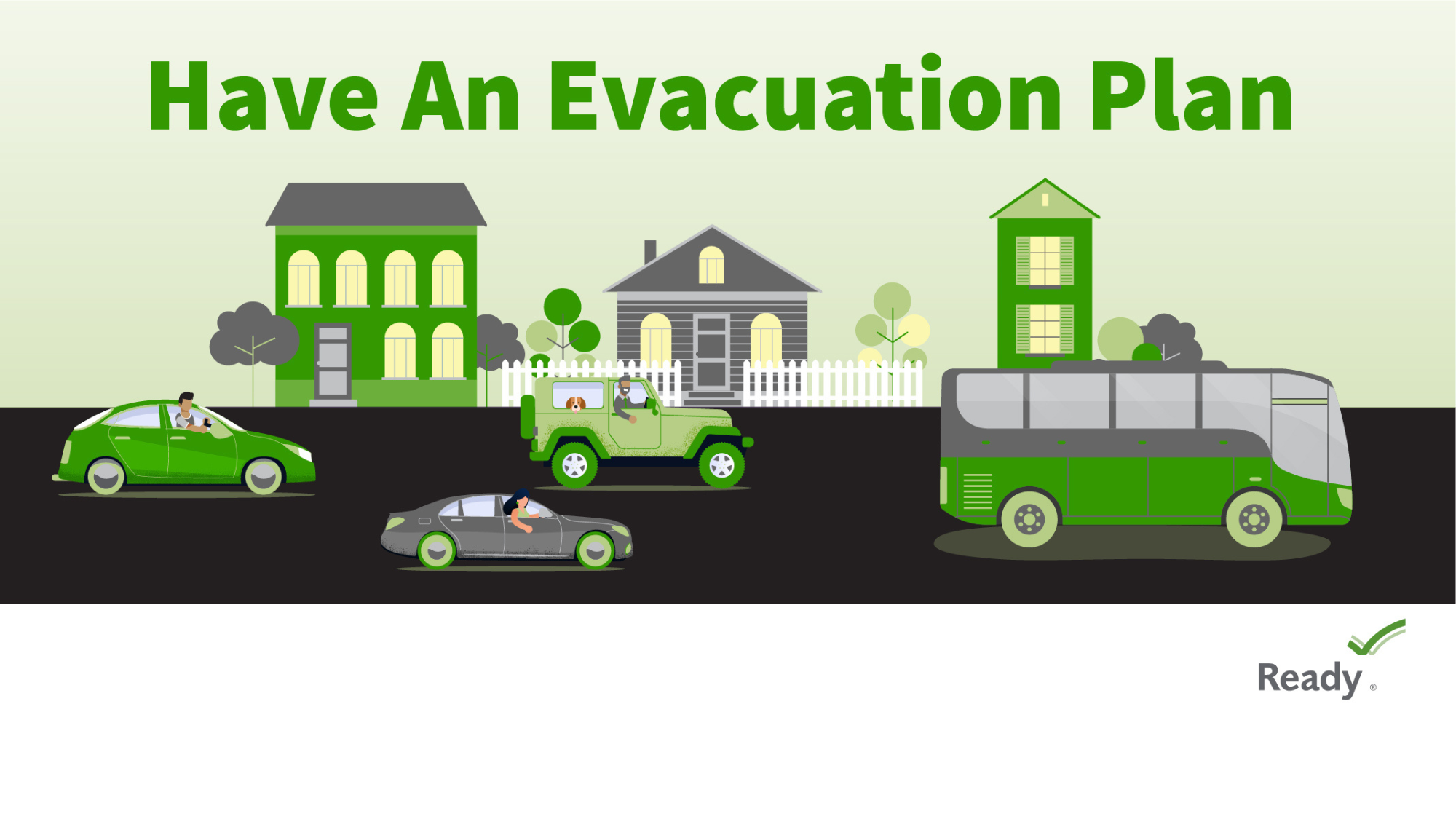Summer is just around the corner, and for many Alabamians that means fun days at the beach, summer vacations, and family cookouts. Unfortunately, it also means hurricane season.
Hurricane season officially begins on June 1, but May 5-11 is set aside as National Hurricane Preparedness Week–a calm before the storm to make sure you are not scrambling should a natural disaster head toward the state.
The Alabama Department of Transportation has already begun preparing for this season’s hurricanes, and you can too with help from these resources and ALGO Traffic.
Resources for planning
Some hurricanes will be safe to ride out in place and others may require evacuation, probably one of the more complicated elements of a storm. That’s why the National Oceanic and Atmospheric Association (NOAA) recommends having a plan for evacuation if it is needed.
Ready is a national public service that helps people to prepare for, respond to and mitigate emergencies and disasters. Ready’s hurricane preparation website can help you know your risk and evacuation zone, make an emergency plan and more.
While you are preparing, bookmark or save the Federal Emergency Management Agency (FEMA) website and download the FEMA mobile app. The app will give you real-time weather alerts, the location of emergency shelters in your area, and more.
Finally, bookmark ALDOT’s ALGO Traffic website and download the ALGO Traffic mobile app from the Google Play Store for Android users or the App Store for iPhone users. A special service offered by ALDOT, ALGO Traffic provides real-time conditions on interstates and some other roads so you can map out the least congested route.
Brett Sellers, ALDOT’s State Transportation System Management and Operation Engineer (TSMO), said ALGO Traffic doesn’t cover every road in the state but covers interstates and uses an algorithm to decide which other highways and roads to cover. These are based on factors like volume of traffic, which is typically located in more urban regions. With ALGO, a traveler can find travel times on all interstates.
“Everything we post has been verified by multiple processes. You can trust the information we provide,” Sellers said.
Plan to follow local evacuation orders
If evacuation orders are given, don’t wait until the last minute to follow them. While ALDOT and a team of state officials will make the evacuation process as efficient as possible, the quicker the orders are followed, the smoother it is for everyone involved.




